Category Archives: Pacific
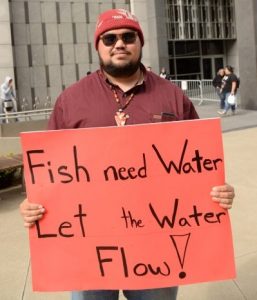
Yurok Tribe and Commercial Fishing Group, PCFFA, File Suit to Save Klamath Salmon
This afternoon, the Yurok Tribe and the Pacific Coast Federation of Fishermen’s Associations (PCFFA) filed a lawsuit against the Bureau of Reclamation and the National Marine Fisheries Service in response to low flows and high salmon disease rates under the federal agency’s new management plan for the Klamath River. The groups are represented by the environmental law firm Earthjustice. >click to read< 08:39
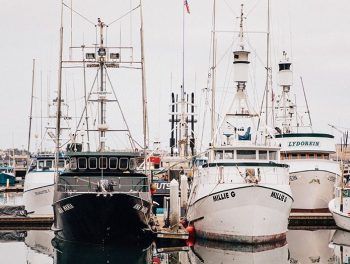
A little market, some big boats, and a $2 billion project are poised to revive San Diego’s commercial fishing industry
“The beginning was tough—they didn’t trust us,” says Yehudi “Gaf” Gaffen, CEO of Protea Waterfront Development, referring to San Diego’s fishermen and women. “For decades they’ve been discriminated against and business has been taken away from them. People take advantage of them.” Gaffen and his company have won the bid to redevelop the San Diego harbor. Their $2 billion “Seaport San Diego” plan will historically alter the future of the city’s waterfront—70 acres, to be almost exact. The fate of local fishers lies largely in his hands. And a little fish market on a little dock may be the reason both Gaffen and the fishers themselves are so keenly aware of their vital importance. >click to read< 17:35
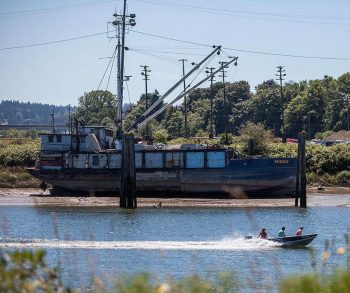
State could seize 100-foot boat stuck in Snohomish River
In April 2018, a rundown World War II-era commercial fishing boat called the Hannah Marie sank in Steamboat Slough. A few weeks later, its owner towed it into the Snohomish River to renovate it for a return trip to Alaska. Since then, the boat hasn’t moved. Last week, the Department of Natural Resources’ derelict vessels removal program gave the boat’s owner a 30-day notice to move it. If he doesn’t get it out of the river by Aug. 14, the state will take custody of the 100-footer and have it removed. In the event he is able to tow the Hannah Marie elsewhere, he’ll keep it. >click to read<
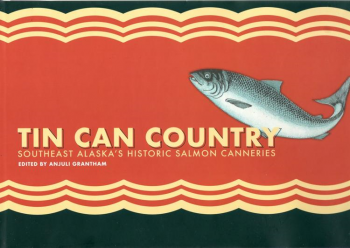
‘Tin Can Country’ stretches from Alaska to the Pacific Northwest
In much the same way that it’s a good idea to assume anyone you talk to here may be related to nearly anyone else you might mention, it’s also fairly safe to assume they have some connection with Alaska. A desirable new book, “Tin Can Country: Southeast Alaska’s Historic Salmon Canneries,” drives home the strong bonds between the great state of the north and the Pacific Northwest. Edited by Anjuli Grantham with individual chapters by top historians and experts including my friend, the legendary Karen Hofstad, “Tin Can Country” chronicles the golden age between 1878 and 1949. >click to read< 14:28
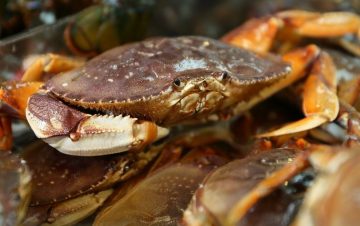
California coasts recovering, but more marine heatwaves like ‘The Blob’ expected
The effects of the marine heatwave off the California coast from 2014 to 2016, better known as The Blob, that led to a decrease in Chinook salmon and virtually shut down the Dungeness crab industry are finally starting to wear off.,,, “It wasn’t about (a lack of) abundance,” said Noah Oppenheim, executive director of the Pacific Coast Federation of Fishermen’s Associations. “It was about destabilized ecosystems.” >click to read< 10:50
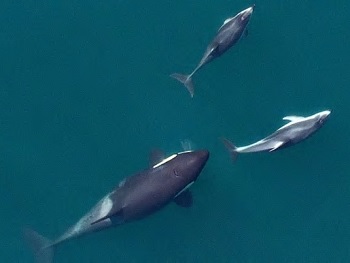
The Killers – Could B.C.’s chinook-loving orcas adapt to a new food source? It’s not unthinkable
Killer whales around the world have adapted to feeding on just about everything else that swims in the ocean, including halibut from the deep sea, seals and sea lions from the rocky shoreline, baby whales from their mothers’ sides and even the livers of great white sharks. The urgent question now is whether the southern residents could adjust to the disappearing chinook, expand their palates and open up their menu options. Lance Barrett-Lennard, director of the marine mammal research program at the Vancouver Aquarium, said it would be difficult — but not impossible. >click to read< 11:21
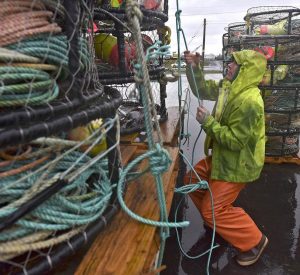
Oregon wants to untangle whales from crab fishery
The number of whales entangled so far this year off Oregon, Washington state and California appears to be down compared to prior years, according to preliminary reports. But Oregon wants to avoid a lawsuit like the one brought against California by the Center for Biological Diversity. That lawsuit, over impacts to whales from commercial fishing activities, settled in March. For now, fishery managers will eliminate a two-week postseason cleanup period in the commercial Dungeness fishery,,, >click to read< 15:57
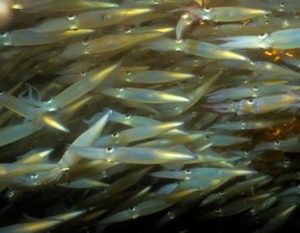
The Legacy of the Blob
In 2013, a mass of unusually warm water appeared in the Gulf of Alaska. Over the next three years, the Blob, as it became known, spread more than 3,200 kilometers, reaching down to Mexico. This freak marine heatwave, combined with a strong El Niño, drastically affected the Pacific Ocean ecosystem killing thousands of animals and changing the distribution of species along the coast. It’s been three years since the Blob dissipated, and researchers are taking stock of its long-term impacts on fish and other wildlife. >click to read< 08:41
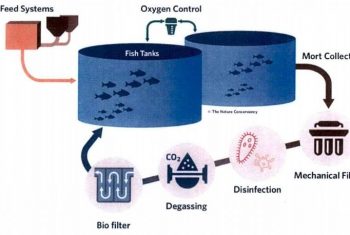
Nordic Aquafarms Set to Ask County for ‘Financial Incentives’ Before Committing to Indoor Fish Farm Project
In the five-plus months since Norwegian aquaculture firm Nordic Aquafarms announced plans to build a large-scale, land-based fish farming facility on the Samoa peninsula, we’ve heard a lot about the potential benefits to the local community, including dozens of jobs and hundreds of millions of dollars in revenues and local investments. But wouldn’t you know it? There’s a catch! >click to read< 12:02
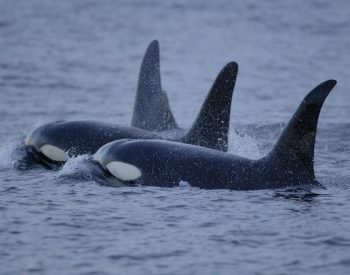
Puget Sound orcas look fatter … maybe because they’ve moved away
It appears that endangered orcas that live around Puget Sound may be moving elsewhere. Groups of southern resident killer whales aren’t showing up this year like they used to. Researchers link the scarce sightings with scarce chinook salmon, the orcas’ favorite food. Salmon runs on the river have fallen dramatically the past few years, so it looks like the killer whales are finding food somewhere else. This month, the whales were seen for just two days around San Juan Island.>click to read<19:36
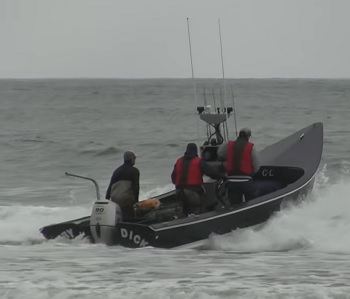
Pacific City and Astoria honor their maritime heritage and culture with decades-old celebrations
In many towns along the Oregon Coast, boating isn’t just a livelihood or a means of recreation, but a way of life, the foundation that defines a community. In coming weeks, two towns will celebrate their maritime history with festivals that have been going strong, in one community, for decades; in the other, more than a century. In Pacific City, 2019 marks the 60th anniversary of Dory Days, which runs July 19-21. The festival opens Friday,,, Astoria is preparing for its 125th celebration of the Astoria Regatta, Aug. 7-10. >click to read< 08:43
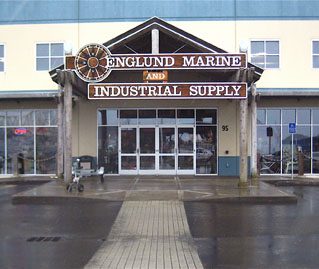
Englund Marine celebrates 75 years, and are hosting “thank you” events at seven locations on Friday!
On Friday, July 19, in celebration of the milestone, the company will be hosting a “thank you” event at each of their seven retail stores. The entire Englund family and the crews at all the locations wish to express their gratitude for the long years of support given to them by their customers and the communities they serve. There will be drawings, giveaways and special deals on clothing, boots and raingear. All customers, community members and suppliers are encouraged to stop by, join in the festivities, and take advantage of the sale prices. Englund Marine was founded on July 22, 1944 by Axel and Freda Englund in a small store front at the foot of 15th Street in Astoria. It continues today as a family-run business. >click to read< 16:23
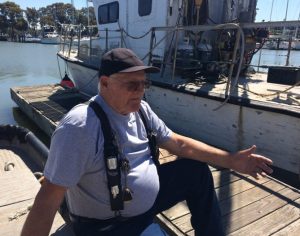
Elderly Vallejo boat captain ‘held hostage’ by wrecked ship
Doug Wagoner thought he’d prepared well for his retirement, but found out that the city of Vallejo is literally blocking his plan. The 80-year-old is not getting any younger. A boat captain for 30 years — and a fisherman for 35, most of that time commercially at San Francisco’s Fisherman’s Wharf — Wagoner said he moved the trawler he lives in and his three work boats to the Vallejo Marina 20 years ago. It was then that Wagoner bought a 28-foot barge,,, Shortly after that, the city docked a rusting, 142-foot, 28-foot-wide, World War II-era, three-story, steam ferry troop ship and onetime floating restaurant, between the barge and the exit, blocking it in. >click to read< 08:58
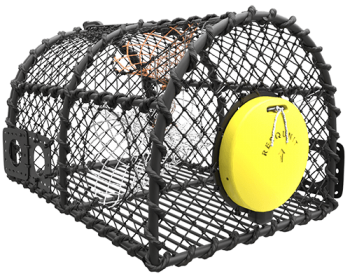
Resqunit Launches Canadian Operations
Resqunit has found its Canadian home at Dartmouth’s Centre for Ocean Venture & Entrepreneurship’s (COVE) Start-Up Yard, and on July 15th, none other than Deadliest Catch’s Sig Hansen served as host at their housewarming party. A venture founded in Norway in November 2017, Resqunit is a floatation device that secures fishing gear, such as lobster traps and crab pots. When a trap gets lost, and remains under water for a period of time, the Resqunit is released, floating to the surface – saving expensive gear, hard sought-after fish stocks and protecting marine life that are often stuck inside these “ghost traps”. >click to read< 18:24 Floatation device for lobster traps – video, >click here<
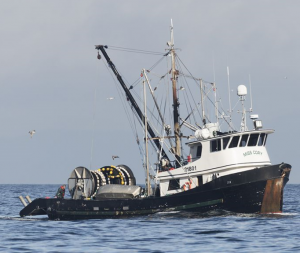
Opinion: Federal fisheries committee challenges B.C. licensing policies
With a sole focus on protecting fish stocks, since the mid-1990s Fisheries and Oceans Canada has largely ignored the economic well-being of B.C.’s commercial fish harvesters and coastal communities. Something really extraordinary just happened. Someone in the government of Canada started paying attention to the B.C. fishery. Not just to the fish in the water, but to the 2,400 small- and medium-sized businesses that employ more than 5,000 fish harvesters to deliver high-value seafood products to local and global markets and sustain B.C.’s coastal communities and First Nations. >click to read< 21:52
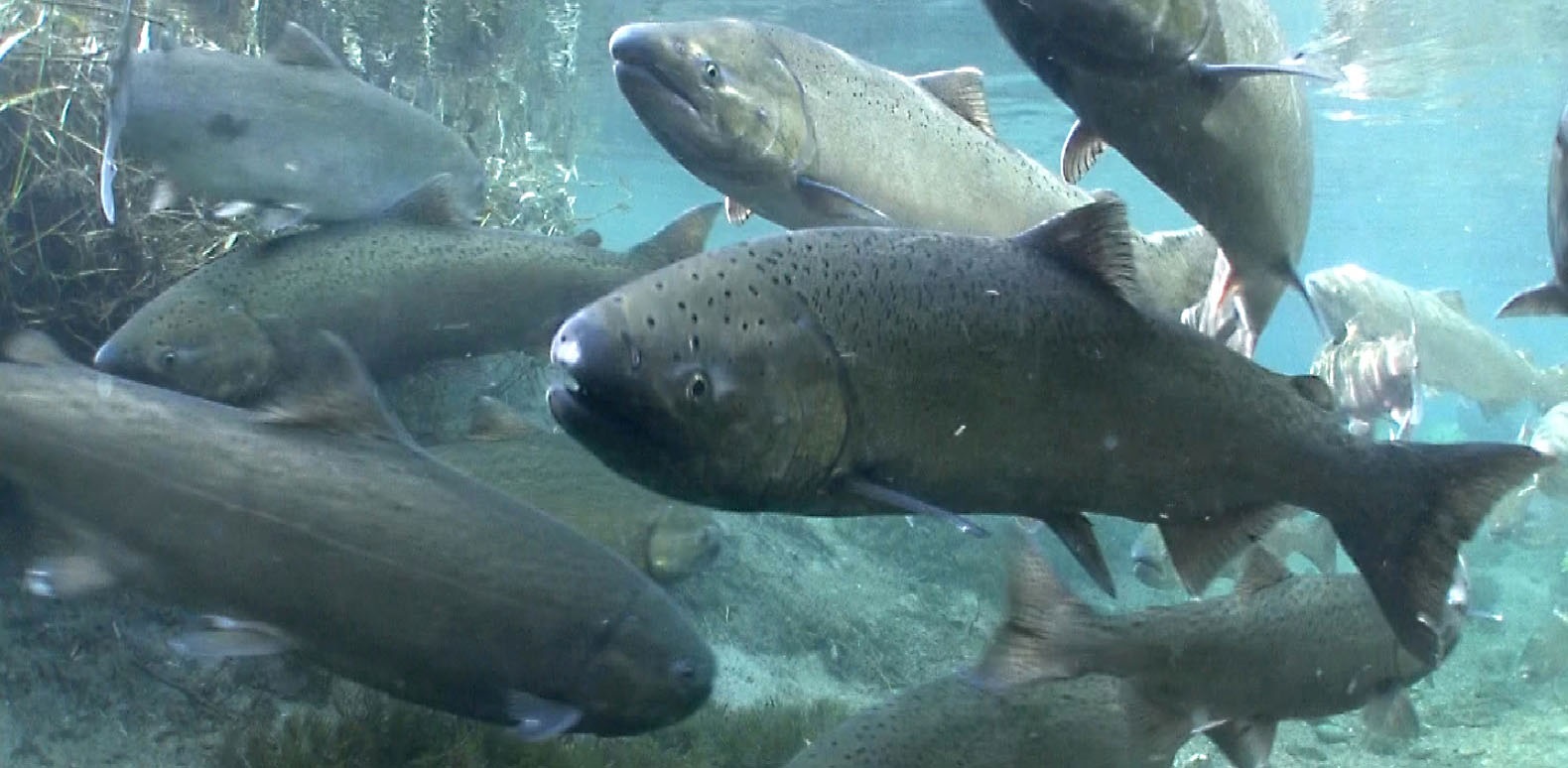
State invests in Puget Sound salmon habitat
More than $45 million in grants were awarded to communities throughout Puget Sound to support salmon habitat restoration projects — including more than $333,000 to San Juan County. The Washington State Salmon Recovery Funding Board, in partnership with the Puget Sound Partnership, awarded Friends of the San Juans three grants on Monday, July 8.,, The first grant is for $199,884 to protect herring spawning habitat around the islands. Herring are one of the two species of fish on which salmon prey. >click to read< 15:30
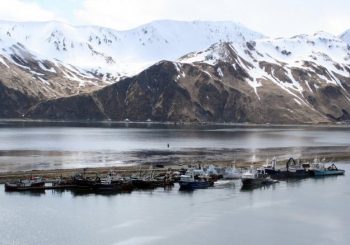
Tragic details that have come out about Deadliest Catch
The Discovery Channel’s bracing look at the lives and losses of Bering Sea crab men, Deadliest Catch, has been packing a punch since it debuted in 2007.,, Crabbing is not for the faint of heart or the fragile. The ocean, in other words, offers no safe spaces. Unfortunately for the stars of Deadliest Catch, the drama has not been confined to the high seas. Tragedy has followed the show’s captains and crew members on-shore, landing several of them in court and even in jail cells. And some who have escaped sinking or burning ships have done so only to die in hotel rooms or in their own front yards. >click to read< 15:06

California chinook returns a ‘game-changer’ – California’s chinook may explain why Southern Resident Killer Whales haven’t shown up in BC
Last week, when southern resident killer whales failed to show up in B.C. coastal waters by the end of June, as they usually do, it caused some hand-wringing among whale watchers and Washington conservationists. But if the orcas are late showing up for dinner in B.C., it may be because they were still at the buffet in California, which is reported to be experiencing one of the best chinook returns in about a decade. “I think the California return was a game-changer this year,” >click to read< 13:24
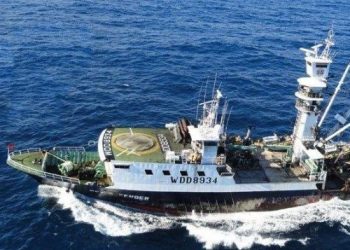
San Diego-based tuna company selling boats, blames U.S. regulations
A large San Diego-based tuna fishing operation, responsible for a sizable chunk of the tuna eaten by U.S. consumers, says it is slashing the size of its fleet by more than half. South Pacific Tuna Corp. says it is selling eight of its 14 boats to foreign companies, eliminating more than 200 jobs, because of stifling U.S. regulations that it says make it difficult to earn a profit..,, The sale of the boats would mean a reduction of 70,000 tons of tuna from a U.S. company, meaning more Americans would be eating tuna caught by foreign operators, who are often criticized for poor labor practices. >click to read< 10:31
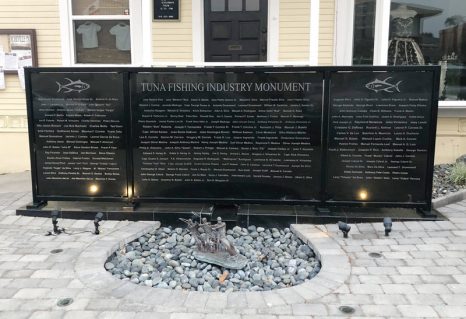
San Diego – Tuna fishing industry monument pays homage to those who served
Calling all past and present members of the tuna industry: It’s time to honor those who served in the industry with a plaque or paver at the Tuna Industry Monument in Point Loma. Located in the front of The Portuguese Historical Center since 2014, the large black monument made of granite pays homage to all those in the tuna industry. With about 85 names engraved on plaques, there is room for more to be added. >click to read<12:48
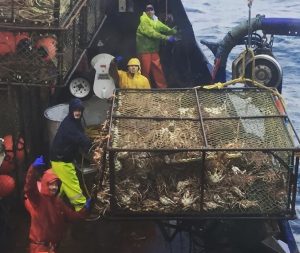
‘Deadliest Catch’ Captains Discuss What Happened In F/V Destination Tragedy – Sig encourages re-evaluation
It’s no secret that crab fishing is the most dangerous job in the world, and that is why Deadliest Catch fans hero worship the captains and crew that star on this adventurous reality series. On February 11, 2017 the Destination sunk. What happened to this crab fishing vessel and what have the Deadliest Catch captains said about the boat and crew?,,, Although the Destination was not part of the Discovery show, the captain and crew were friends with the captains of the reality show. >click to read< 10:50
Emotional ‘Deadliest Catch’ captain Sig Hansen still haunted by friend lost at sea – Hansen is encouraging all the boats in the community to re-evaluate their boats so that tragedies like the F/V Destination don’t happen again. And while the sinking is a painful memory for Sig, he believes the awareness it has garnered will save lives for years to come. >click to read<

Noyo Harbor plan points up longterm needs
The Noyo Harbor District released its long-awaited Community Sustainability Plan on June 13, laying out a roadmap for harbor improvements in coming years. The plan focuses on maintaining sustainable fisheries, harbor-based jobs, and improvements to aging facilities that serve local commercial and recreational anglers and visitors.,,, recommendations are: building a fuel dock in the harbor, increasing the harbor’s supply of flaked ice and cold storage, more regular harbor dredging,,, >click to read< 17:39
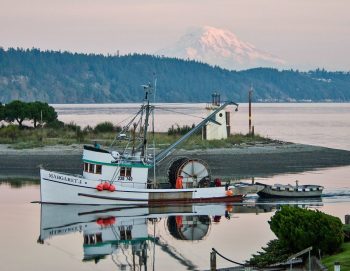
I get a lot of e-mails. Sometimes, I’m quite surprised!
Was going through the endless e-mails, and I found this, about a photographer in Washington that takes some magical photo’s of the people and vessels plying the trade.,, The name of my company Wandering 101 Photography was thought up as I was taking one of my favored drives from my home in Washington State down highway 101 to California. My name is Bryan S. Peterson and I am an art photographer based out of Gig Harbor, Washington. >click to read, and review!< OH! He sells them, too! 14:56
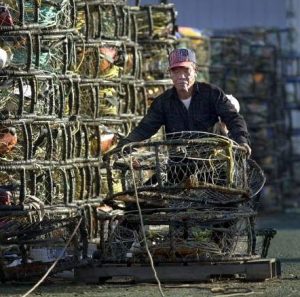
Bodega Bay fisherman killed in freak accident off Moss Landing
A veteran of Bodega Bay’s commercial fishing fleet died this week off the California Coast in a freak accident aboard his 33-foot vessel, Amoorea, apparently after his water-protective clothing became snagged in the propeller shaft, pinning him between the shaft and the hull of the boat. Dan Nguyen, a Vietnam native who arrived on the West Coast in the early 1990s with tales of serving as a U.S. scout during wartime, subsequent imprisonment and, later, killing a guard to escape the North Vietnamese, already was unconscious when a deckhand discovered him badly injured in the engine room, the U.S. Coast Guard said. >click to read< 08:25
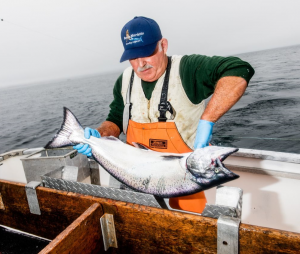
After yearslong shortfall caused by drought and environmental restrictions, California Is Overflowing With Salmon
The phones began ringing at Giovanni’s Fish Market & Galley a week after salmon season opened in May and have barely let up since. “It’s all day, every day,” said Giovanni DeGarimore, the owner.,,, “You can plan for bad years, but it’s hard to navigate when you’re totally closed,” said Lori French, wife of a commercial fisherman who has permits for both crab and salmon. But then the salmon season opened on May 1. “This is a ‘Thank you, Jesus’” moment, Ms. French said over a salmon lunch on the waterfront one day in mid-June, as her husband was out at sea. >click to read<09:31
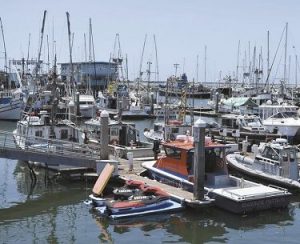
Salmon struggle: Strong season not translating to strong prices for Half Moon Bay fishermen
The commercial salmon season is off to a strong start, but many local fishermen say neither they nor the consumer are reaping the rewards. Fishermen are catching so much salmon that wholesale prices have crashed from $9 per pound down to $5 per pound, where it’s remained for a couple of weeks. “There’s even talk of it going down to $4 a pound and if it does I’ll tie my boat up, it’s hardly worth the wear and tear,” said Frank Sousa, a Half Moon Bay-based fisherman. “It’s hardly worth it at $5.” >click to read<12:24
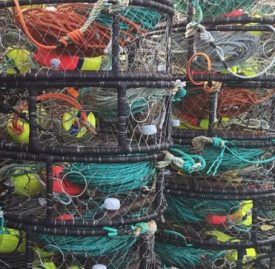
To Save the Whales, Crab Fishers Are Testing Ropeless Gear
Commercial crab fisher Dick Ogg, of Bodega Bay, California, knows his industry and its several hundred fishers must adapt. “We have to change. This is all about protecting our environment, the creatures that live in it, and our industry,” Ogg says. Last year, Ogg voluntarily tested two prototypes that deploy crab pots without leaving ropes in the water. One, made by Desert Star Systems, is designed so a fisher can send an acoustic signal that triggers the pot to open a mesh bag, releasing a buoy and coiled rope that float to the surface. In his test, the retrieval gear never appeared and Ogg lost his pot. >click to read<08:34







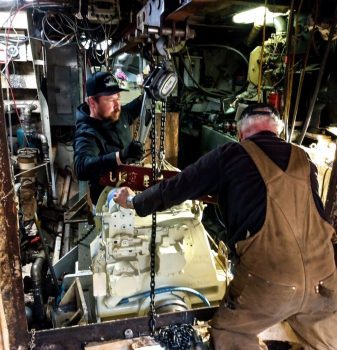



























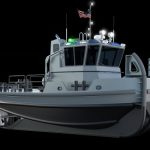
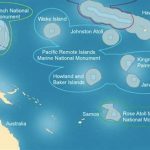
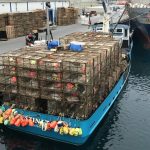
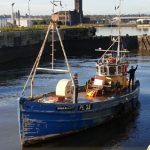
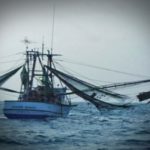

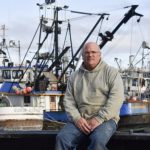
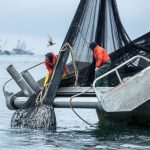
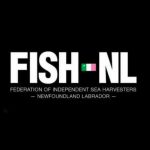
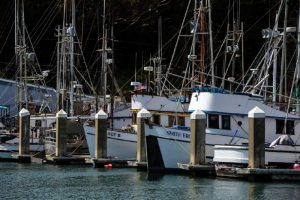
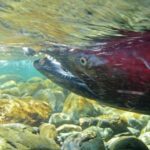

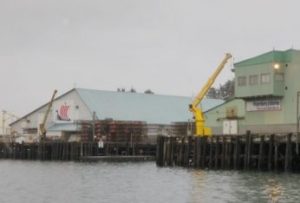



PFMC plans transition for non-Indian commercial Area 2A halibut fishery; new season-setting process begins
The Pacific Fishery Management Council is requesting public comment on structuring the West Coast Area 2A non-Indian directed commercial halibut fishery for the upcoming year. The public is encouraged to comment at the September and November council meetings as management of this halibut fishery transitions from the International Pacific Halibut Commission, or IPHC, to the council. In June, the council committed to working closely with the IPHC and stakeholders on the transition. >click to read< 21:45
Share this post